| Mossley Hill and Sefton Park |
|
|||||||
| Mossley Hill and Sefton Park |
|
|||||||
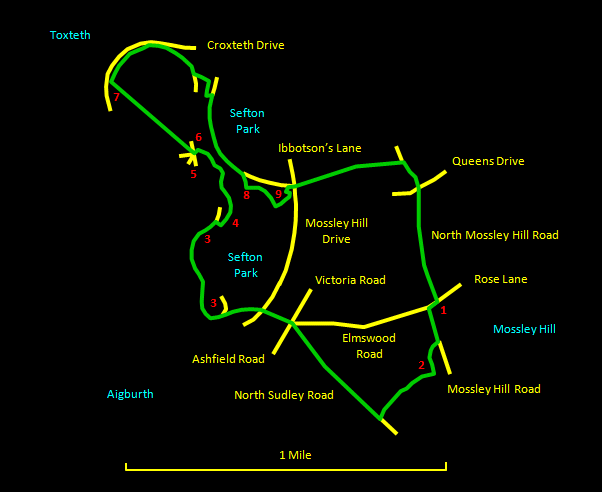 |
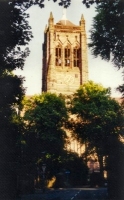 |
Start on Rose Lane in front of the sandstone Church of St. Michael and St. James [1] (often called Mossley Hill Church). This is described in the Pevsner Guide as 'one of the best Victorian churches in Liverpool'. It was completed in 1875 and it stands in a commanding position 204 ft (62 m) above sea level. Go round the corner to the left into Mossley Hill Road, where there are views over Allerton. A little way along on the right is the entrance to the grounds of Sudley House [2]. Go along the driveway up to the house. Sudley was built in 1821 and became the home of shipowner and merchant George Holt (1825-96) and his family from 1884. Holt was an noted art collector and there is a good collection of his paintings here, including works by Turner, Corot, Romney, Reynolds and Gainsborough. The house is furnished authentically, entrance is free and it is usually quiet enough to leave you to ponder in peace the lifestyle of the Victorian wealthy. Go around to the left of the house and, if it is open, go through the terrace garden at the back (otherwise you can walk around it). You can sit here and enjoy the elegant location with fine views over the River Mersey. Coming out of the terrace garden, follow the path down the hill, initially through an attractive garden, then opening into a field. Keep to the right-hand boundary to reach a gap in the wall at the bottom where you join North Sudley Road. |
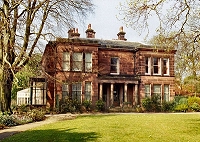 |
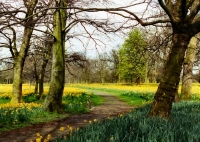 |
Turn right onto North Sudley Road and follow it to where Elmswood Road joins from the right. Cross over at the traffic lights and head down the road to Sefton Park. The park was opened to the public in 1872 and is laid out like natural countryside rather than formal gardens, though with boulevards, curving drives and an artificial lake. Cross over Mossley Hill Drive and take the path directly opposite. Here there is a magnificent carpet of daffodils in early spring (one million bulbs were planted here in 1991 by the Marie Curie Foundation). Follow the path straight ahead until you reach the lake [3], which was formed by damming the confluence of two streams, the Lower and Upper Brooks, then go to the left. Keep to the edge of the lake, following the path along its western side. There is a huge variety of superb mature trees here, wonderfully complementing the expanse of water. |
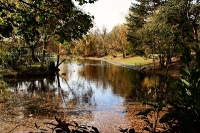 |
||
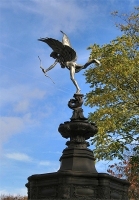 |
Near the end of the lake you see the statue of William Rathbone [4], shipowner, merchant, social reformer and Mayor of Liverpool, peeking out at you through the trees. Cross over the stepping stones a little further on and from here on keep the water on your left. You will see the Palm House, which we will visit later, up on the right. At the end, turn left into the park's central crossing of the ways, where there is a useful café with toilets [6]. Also here is a copy of the Eros statue in London's Picadilly Circus [5] and so many paths meet here that the concept is not inappropriate. Follow the National Cycleway Route 56 (clearly signposted and marked on the ground) to the Samuel Smith Obelisk [7], a red granite memorial to the Liverpool MP and philanthropist, at the edge of the park. Turn right and follow the path through the trees that runs parallel to Croxteth Drive. Note the distant view of Mossley Hill Church on the skyline. |
 |
||
|
Cross straight over Mossley Hill Drive into quiet Ibbotson's Lane. This turns into a footpath that emerges on North Mossley Hill Road with its impressive Victorian mansions. Go right and cross over Queens Drive at the traffic lights, keeping to leafy North Mossley Hill Road. At the top of the hill is Mossley Hill Church and your starting point. On the left here is the imposing Holmestead with its two entrance lodges, built c.1845. | 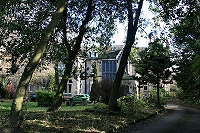 |
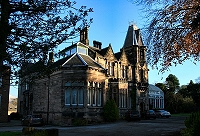 |
|||